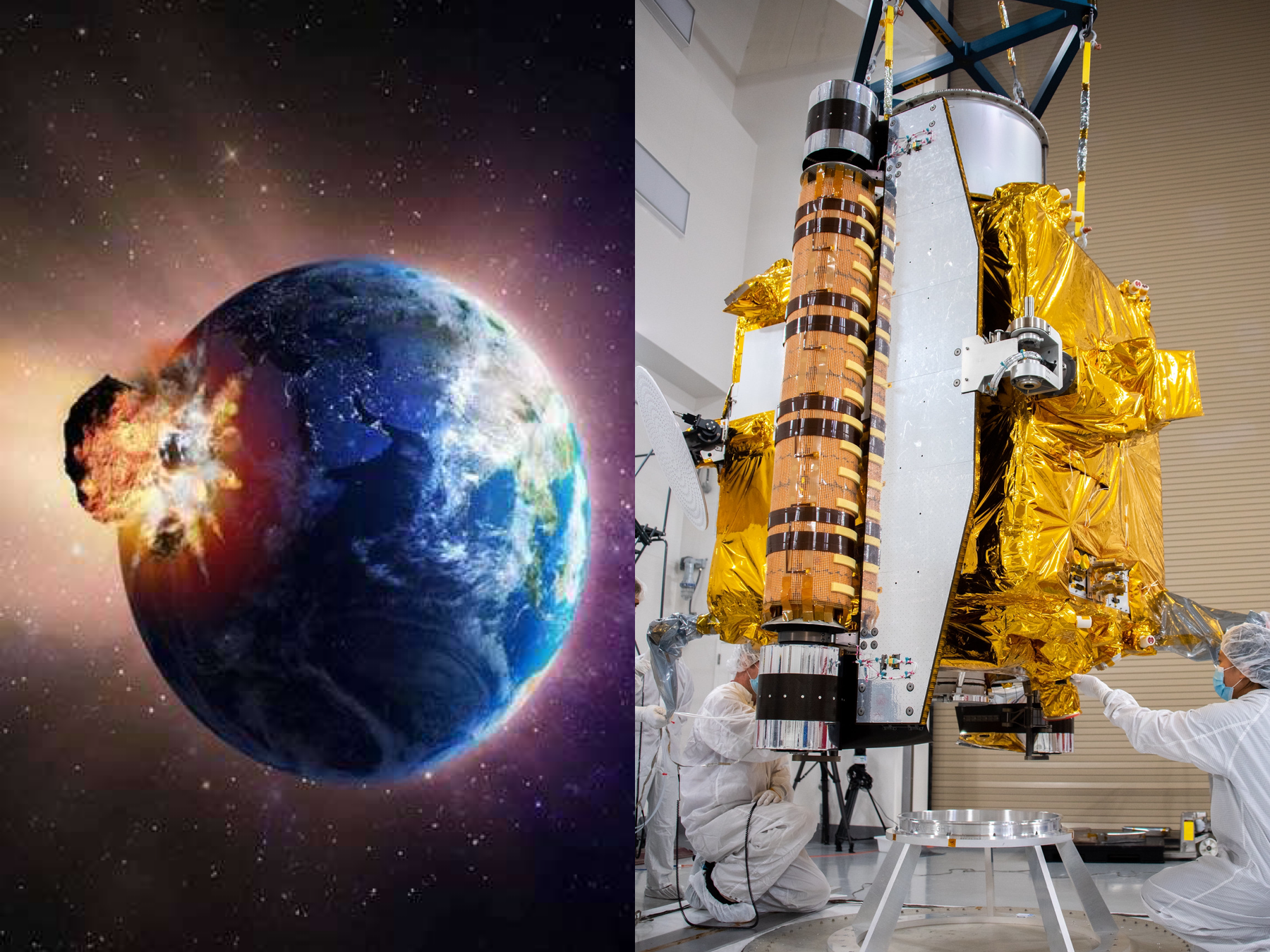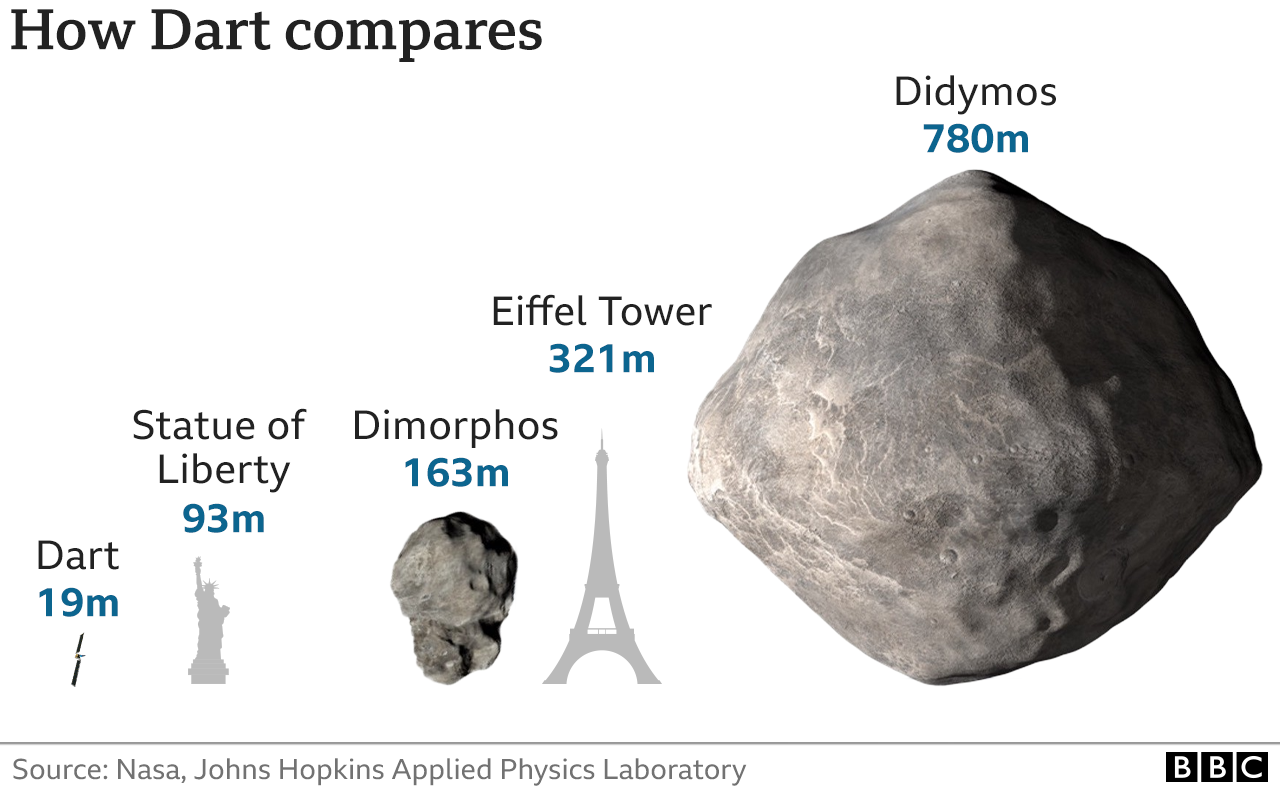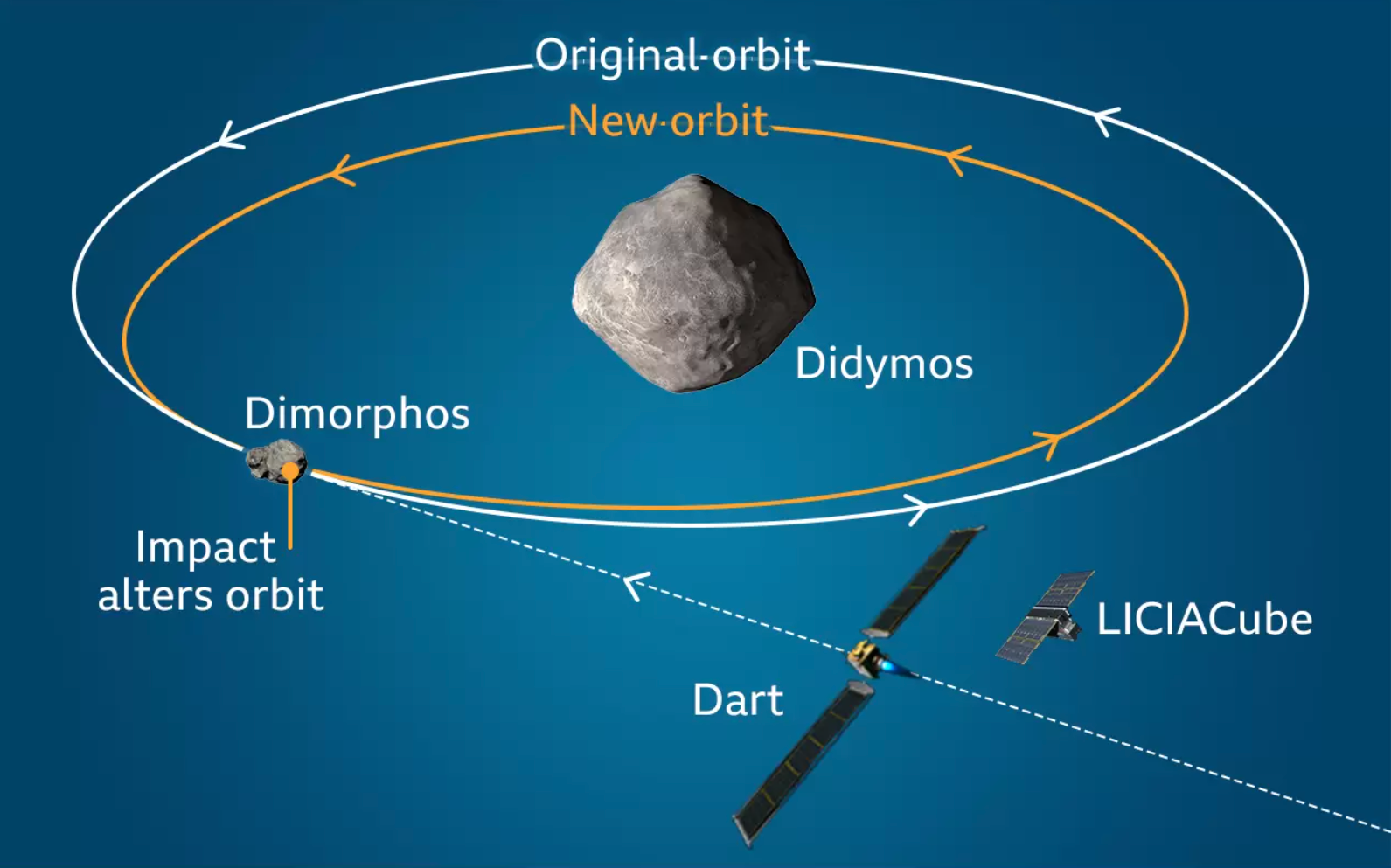NASA Built A Spaceship And Intentionally Crashed It Into An Asteroid To Save The World & It Worked!
 Thirsty for JUICE content? Quench your cravings on our Instagram, TikTok and WhatsApp
Thirsty for JUICE content? Quench your cravings on our Instagram, TikTok and WhatsApp

Sometimes the hardest problems require simple solutions. What would you do if a space rock is flying towards Earth, run? Join the Elon cult and load up on his spaceship? Is the Tesla asteroid-proof?
NASA recently reported that their Double Asteroid Redirection Test (DART) mission that launched 10 months ago has crashed into Dimorphos, an asteroid bigger than the Eiffel Tower, in a successful attempt at humanity’s first test of planetary defence.
In short, throwing a man-made rock at a space rock just saved the world.
Before we rejoice and start to make memes out of this, Dimorphos was never in orbit to collide with Earth. This was just a text run to prepare for actual space rocks hitting us.
Dimorphos is actually a small asteroid orbiting the near-Earth asteroid Didymos. Before things get confusing, here’s an illustration from NASA, published by BBC:

Yes, giant rock is scary. But the scientists are fascinated by the different shapes of the two asteroids.
Dr Carolyn Ernst, the instrument scientist on Dart’s camera system, was extremely excited to see Dimorphos.
“It looks adorable, it’s this little moon, it’s so cute,” she said.
“It looks in a lot of ways like some of the other small asteroids we’ve seen, and they are also covered in boulders. So we suspect it is likely to be a rubble pile, kind of loosely consolidated.”
Dimorphos and Didymos were carefully chosen. Neither was on a collision course with Earth before the demonstration, and a small alteration in their orbital relationship would not have any consequence to us.
But there are rocks out there that could potentially wipe out life as we know it, or at least continents.

According to research, more than 95% of the monster asteroids that could initiate a global extinction were they to collide with Earth. But NASA confirmed that they won’t, their paths have been computed and they won’t come near our planet.
However, this still leaves many so-far undetected smaller objects that could create havoc, if only on the regional or city scale.
At the time of impact, Didymos and Dimorphos were relatively close to Earth – within 6.8 million miles (11 million kilometres). The team estimates that the spacecraft hit the asteroid at a point about 55 feet (17 meters) away from the space rock’s centre.
The goal of the spacecraft, aside from smacking right into space rock, is to affect the motion of an asteroid in space, but DART team members say it will take about two months for scientists to determine if the asteroid’s orbit changed.
Regardless, the NASA team cheered and celebrated as DART made impact with the asteroid. Watch the video below to see it!
I guess the question now is, will Dimorphos’ altered course make it collide with an alien planet? Welp.


 Get Audio+
Get Audio+ Hot FM
Hot FM Kool 101
Kool 101 Eight FM
Eight FM Fly FM
Fly FM Molek FM
Molek FM
